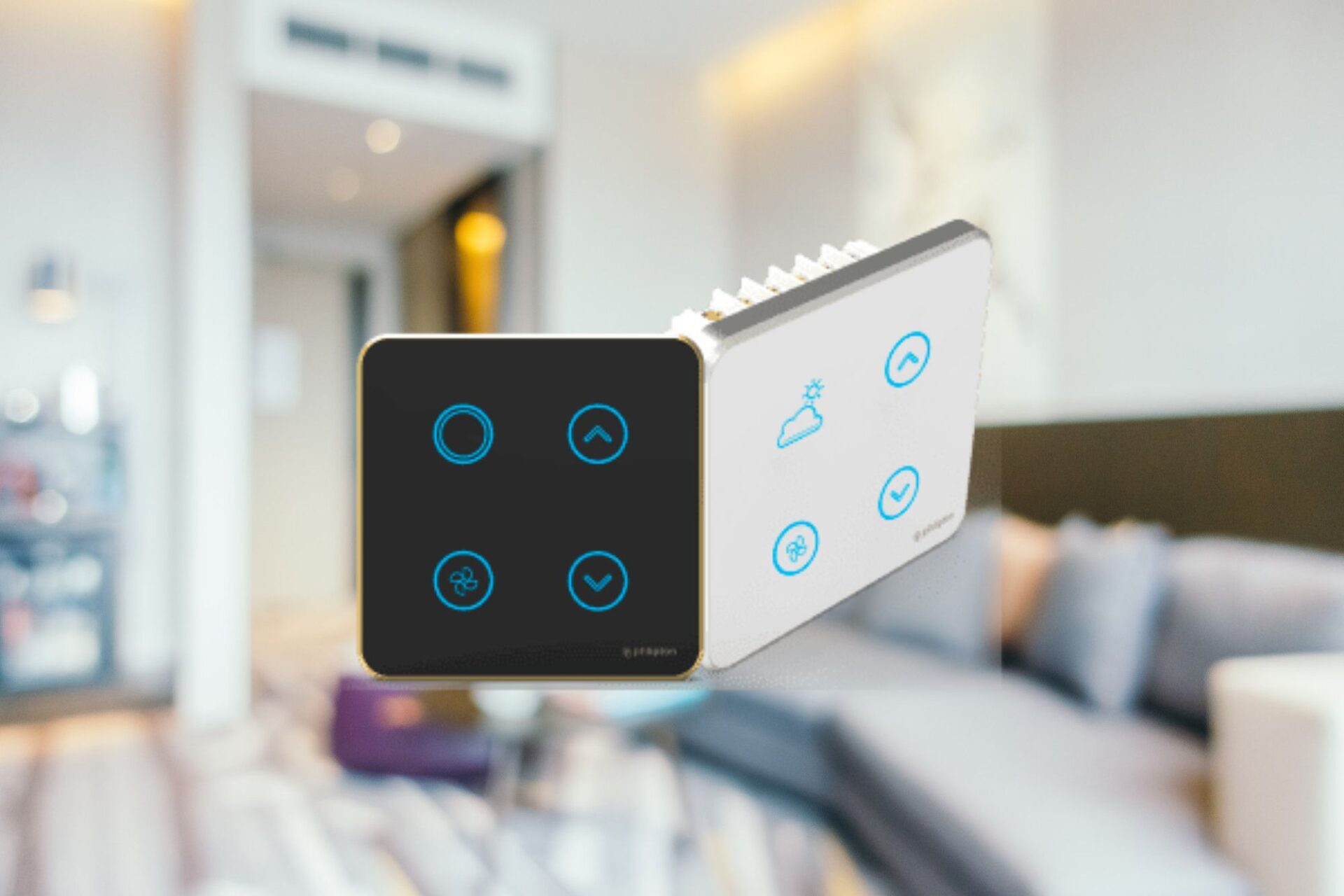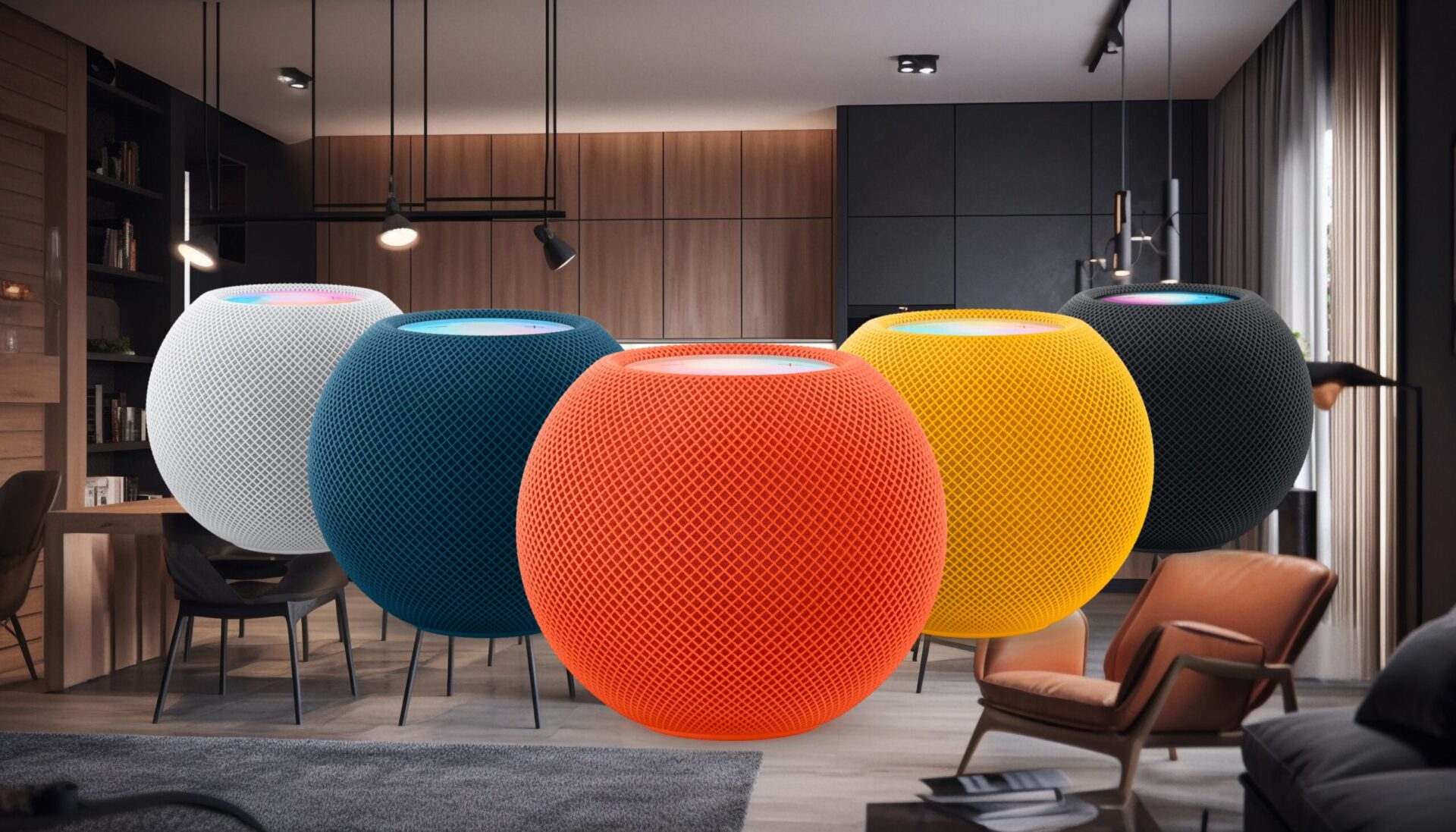A “smart switch” can refer to two different types of devices: a smart light switch or a smart power outlet. Both are part of the broader category of smart home devices designed to enhance convenience, control, and energy efficiency. L
What Smart Switches Do?
In a nutshell, smart switches are the modern, intelligent counterparts of traditional switches that control lighting, fans, and other electrical devices in our homes. Unlike their conventional counterparts, smart switches are equipped with advanced technology that allows users to control and automate their home’s lighting and electronic devices remotely.
Enhancing Control and Convenience
Smart switches provide users with unparalleled control over their home’s lighting and appliances. With just a tap on your smartphone or a voice command to your smart assistant, you can turn lights on or off, set specific brightness levels, or even schedule them to mimic your presence when you’re away.
Energy Efficiency
Smart switches contribute to energy conservation by allowing users to monitor and manage their electricity usage more effectively. Features like timers and energy monitoring empower homeowners to make informed decisions about their energy consumption, promoting a greener and more sustainable lifestyle.

Integration with Smart Home Ecosystem
One of the standout features of smart switches is their seamless integration into broader smart home ecosystems. They can communicate with other smart devices such as thermostats, cameras, and voice assistants, creating a unified and interconnected living space.
How Does Smart Switch Work at Home?
Understanding the inner workings of smart switches is crucial to fully grasp their potential in modern homes.
Connectivity and Communication
Smart switches typically connect to your home’s Wi-Fi network, enabling communication with your smartphone or other smart devices. This connectivity allows for remote control and automation, as well as integration with various smart home platforms.
User-Friendly Applications
To make smart switches accessible to everyone, manufacturers often provide user-friendly applications that can be installed on smartphones or tablets. These apps facilitate effortless control, customization, and monitoring of connected devices from anywhere with an internet connection.
Voice Control
Many smart switches support voice control through popular smart assistants like Amazon Alexa, Google Assistant, or Apple HomeKit. This hands-free functionality adds an extra layer of convenience, making it easy to manage your home with simple voice commands.
What Does a Smart Network Switch Do?
Now that we’ve covered the basics, let’s explore the broader capabilities of smart switches within a network context.
Intelligent Network Management
Smart network switches go beyond simple device control; they actively manage and optimize network traffic. These switches are equipped with features like Quality of Service (QoS), which prioritizes critical data and ensures a smooth and reliable network experience.
Enhanced Security
Security is a top priority in the digital age, and smart network switches play a role in safeguarding your home network. Features like VLAN (Virtual Local Area Network) segmentation help isolate and protect different devices on your network, preventing unauthorized access.
Remote Monitoring and Troubleshooting
Smart network switches often come with remote monitoring capabilities, allowing users to check the status of their network and troubleshoot issues from anywhere. This feature is invaluable for tech-savvy homeowners who want to ensure a stable and secure network environment.
What Are the Cons of Smart Switches?
While smart switches offer a plethora of benefits, it’s essential to consider some potential drawbacks before fully embracing this technology.
Initial Cost
The upfront cost of purchasing and installing smart switches can be higher compared to traditional switches. However, it’s crucial to view this as an investment in the long-term efficiency, convenience, and energy savings they provide.
Compatibility Challenges
Compatibility issues may arise, especially in older homes or with certain types of lighting fixtures. Before investing in smart switches, it’s essential to ensure they are compatible with your existing electrical system and devices.
Dependence on Internet Connectivity
For remote control and monitoring, smart switches rely on internet connectivity. If your internet connection is unstable or experiences downtime, you may temporarily lose the ability to control your devices remotely.
Learning Curve
While manufacturers strive to make smart switch interfaces user-friendly, there might still be a learning curve for those unfamiliar with smart home technology. Some users may find it challenging to set up and configure their smart switches initially.
Conclusion: In conclusion, smart switches are a game-changer in the realm of home automation, offering unparalleled control, energy efficiency, and integration within smart home ecosystems. Understanding how they work and their network capabilities empowers homeowners to make informed decisions about incorporating this technology into their living spaces. While there are some cons to consider, the benefits far outweigh the drawbacks for those seeking a modern, connected, and intelligent home. Embrace the future with smart switches, and watch as your living space transforms into a hub of convenience and efficiency.




